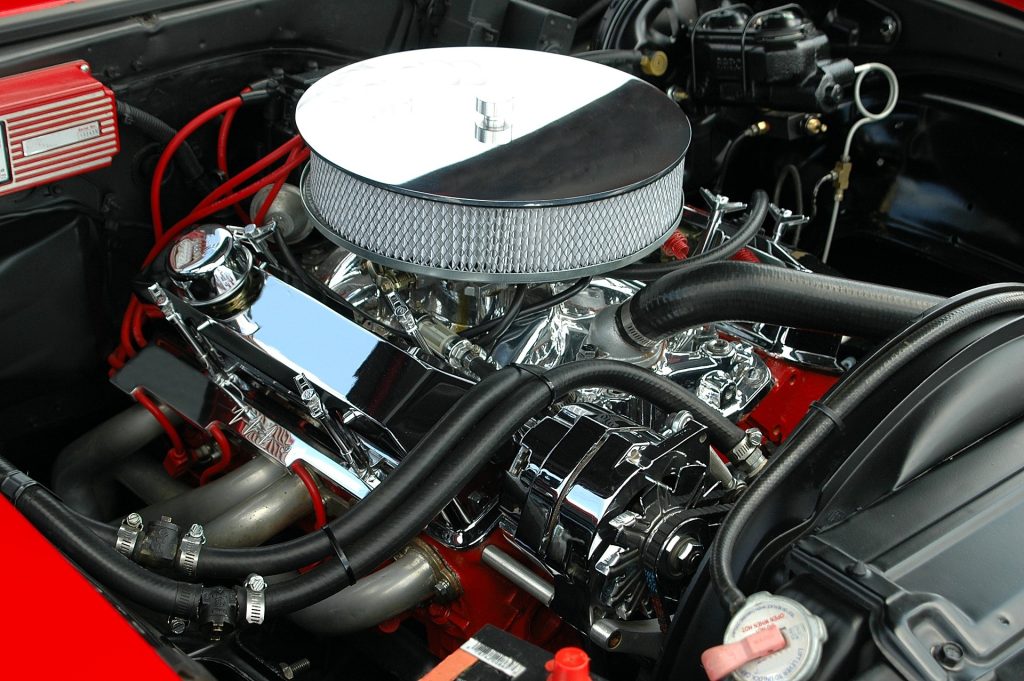If your Ford develops an engine problem, it’s important to have the problem repaired by an expert. Your Englewood, FL Ford dealer has the trained technicians and technology to fix any engine problems. These are a few possible issues that we can repair.

Damaged Engine Mount
Your engine must be securely attached, but it must also have the ability to flex slightly to prevent damage. To solve this, the engine is attached to the body via two water-filled rubber engine mounts. The water dissipates energy produced by the movement of the car and the engine. The rubber mounts prevent metal-on-metal contact between the engine and the body.
Over time, the heat inside the engine causes the rubber mounts to lose their elasticity. Cracks can form in the rubber, and eventually, water will leak out. A damaged mount is obvious, as you’ll hear banging and clashing sounds from the engine, and cornering will become difficult. We can solve this problem by removing your engine and replacing the damaged mounts.
Broken Oil Pump
Your engine depends on a continual oil flow to lubricate all its moving parts. Many engine parts are subject to friction, and the oil protects against friction damage. The movement of oil reduces your engine temperature, prevents rust, and reduces the possibility of blockages. The oil, in turn, depends on the oil pump to move it through your engine at high speed.
If the oil pump fails, the benefits of the oil will quickly be lost. Engine components will start to suffer damage, the engine temperature will increase, and debris can build up and create blockages. You’ll hear noises from your usually silent Ford engine as the valve-train, hydraulic lifters, and other components suffer. We can fix this problem by replacing the oil pump, and your engine will work efficiently and quietly again.
Failed Ignition Coils
Combustion requires air, fuel, and a spark. Fuel enters the intake manifold via the fuel injectors, and air enters through the air filter. Once the two substances have mixed, the mixture is drawn into the cylinders. Inside each of the air-tight cylinders, the piston will rise and compresses the mixture. The spark plug will then ignite the mixture in a series of controlled explosions.
A spark plug only provides 12 volts of electricity, which isn’t sufficient for ignition. Each spark plug connects to an ignition coil which generates 30,000 volts of power. This power enables the plug to ignite the cylinder’s contents. Ignition coils will eventually fail, and a spark plug connected to a failed coil will misfire. Our technicians can quickly replace a failed coil, and the misfiring will stop.
Contact us today at Englewood Ford for the repair your Ford deserves.




